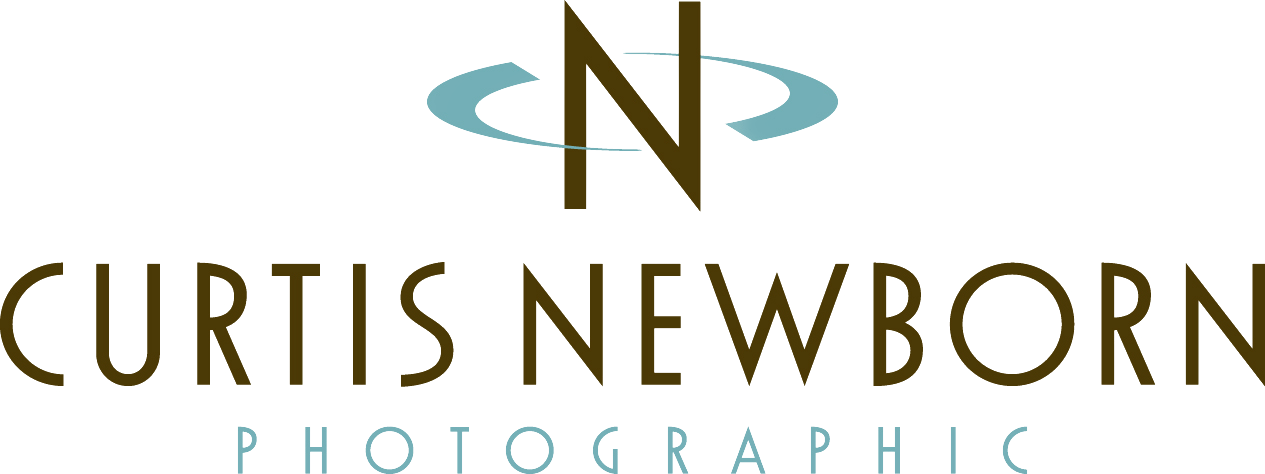I've found that to succeed as an entrepreneur, it's critical that you consistently develop solutions to solve your most difficult challenges. Being stuck in a creative rut will jeopardize your ability to lead effectively and grow your business. This is particularly problematic since no one is "on" 24/7. At some point, you will find yourself in a fixed routine that just isn't working. So here's a look at 4 ways that successful business people have found to break out of the rut they find themselves in from time to time.
Create a New Routine
In many ways, maintaining a consistent schedule is your best friend in business. A sleep expert might tell you to wake up at the same time every day. Elite athletes maintain identical habits before they throw a pitch or shoot a free throw. While routines are great, and probably necessary in many areas of our lives, they can also inhibit our creativity. Sometimes, all you need to boost your creative juices is to change it up a bit. Cancel your first meeting tomorrow, and get an extra hour of sleep. Perhaps all your mind needs is a little rest to access untapped ideas, or you could try reading something new. Do you always visit the same news & information websites? Or watch the same morning news show? Instead, try a different site and change the channel. A fresh take and a different perspective may allow new thoughts and visions to come to the forefront of your mind.
Stop Shelling Out Free Advice
As the boss, you're likely bombarded throughout the day for your opinion. That may be flattering and prove that you have a track record for making good decisions. However, constantly doling out responses can also lead to a creative drain. You may be tempted to do what you've done before. Decisions may become predictable and uninspired. You give so much advice that you have little time to formulate new ideas, and you just observe and take in the world. Instead remind yourself that the best way to learn is to listen and watch. Allow your thoughts to ruminate and see the added benefit of empowering your team.
Challenge Yourself to Find New Ideas
When I find myself with a shortage of ideas, I'll make a list of 10, 50 or 100 ideas on a sheet of paper. The number is irrelevant, as long as it forces you to really stretch to reach that number. Any time I've sat down and utilized this process, I've quickly scribbled down a number of my usual suspects. The concepts often aren't new, original or particularly impactful -- or else I wouldn't be doing this exercise. After I exhaust my initial wave of thoughts, I am typically at a loss for more creativity. However, the key is to keep charging forward and not overanalyze anything you've written down. Nothing should be too crazy, unobtainable or nonsensical. Just write, and move on to the next concept. By sticking with this exercise and not stopping until your target number is achieved, you build creative momentum. When you're finished, stop and evaluate your list. You'll be surprised at how often this process unleashes ideas that wouldn't otherwise have been unearthed.
Get Out of The Office
What often puts us in a rut is too much repetition. We have the same schedule, including seeing the same people, taking the same route to work and eating at the same restaurants. The beautiful thing about travel is that it takes us out of our comfort zone. Exposure to new cultures, people, sights and even languages causes our mind to expand and adapt, tapping into new mental resources. If you can afford to take the time, hop on a plane, and explore the world for a week. Should the thought of a week away make you shutter, try a quick weekend getaway accessible by car. Even a couple of hundred miles of distance between you and routine may be enough to spark some fresh ideas.
In Summary
The key to getting out of the monotony is to take action. Change up your daily rituals. Force yourself to brainstorm ideas. Travel, or just stop talking, and start observing. Don’t let the rut stop you... rather, let it inspire you!





